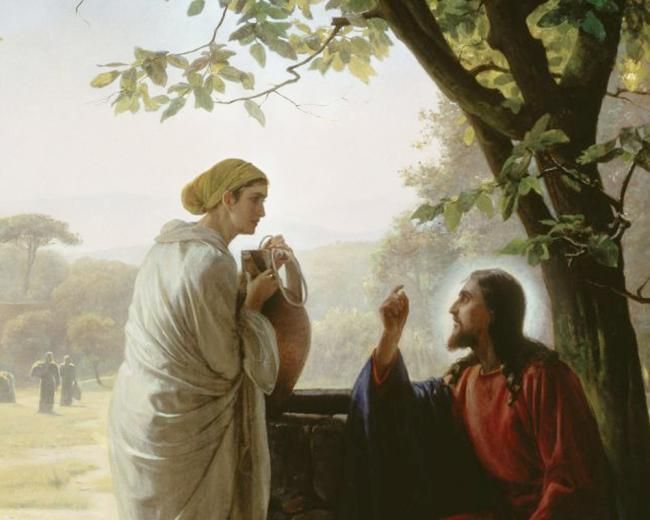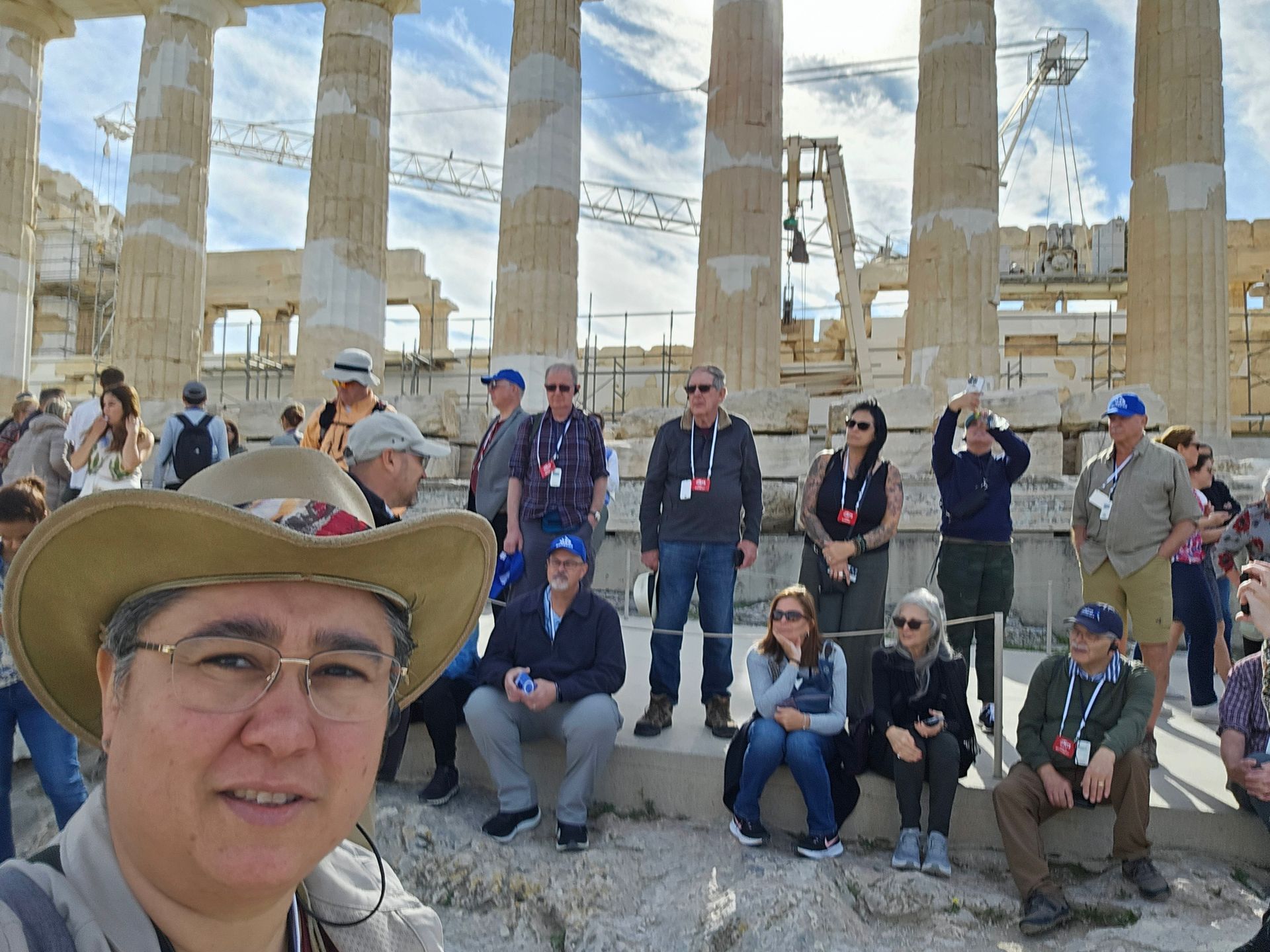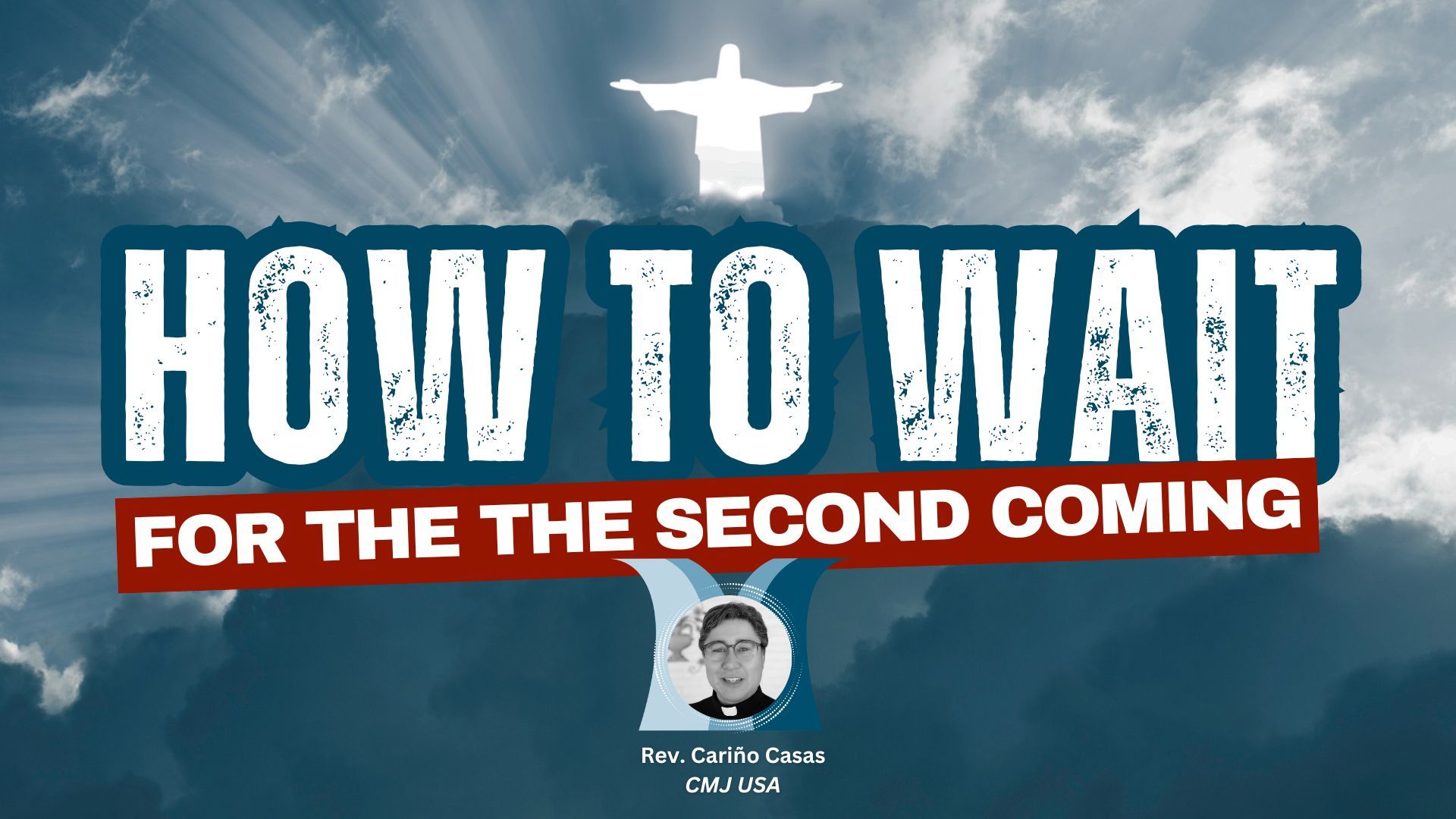The woman at the well identified Jesus as the Prophet like Moses. How do we know? First, because of the way she answered Him.
She said,
“You are a prophet” (v. 19).
Literally it reads, “Prophet you are.”
By answering in this way
, it is likely that she was proclaiming Jesus to be “
the
prophet.” Even though the definite article, “the,” is not found in the Greek text, there is a principle of Greek grammar which states that
with
this
grammatical
construction, the definite article
may be
assumed.
2
The woman at the well identified Jesus as the Prophet like Moses. How do we know? First, because of the way she answered Him. She said, “You are a prophet” (v. 19). Literally it reads, “Prophet you are.” By answering in this way , it is likely that she was proclaiming Jesus to be “ the prophet.” Even though the definite article, “the,” is not found in the Greek text, there is a principle of Greek grammar which states that with this grammatical construction, the definite article may be assumed. 2




